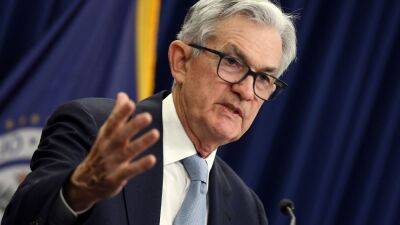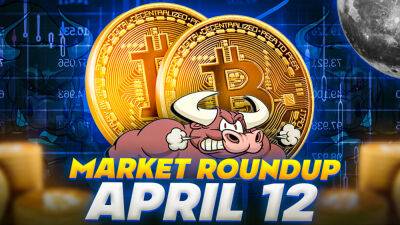Interest rate rises in doubt as fear of new global crisis rattles central banks
In 2006 the US central bank completed a series of interest rate rises that took its base rate from 1% to 5.25%. The plan was to cool a booming economy, but ended two years later with the great financial crash.
Earlier this month, the Federal Reserve was expected to push ahead with a 0.25 percentage point rise from its current range of 4.5% to 4.75%, this time to quell inflation generated by the Covid-19 pandemic and Ukraine war.
Last week that increase was thrown into doubt. And so was the Bank of England’s much-flagged interest rate rise, due on Thursday, that many in the City thought was a nailed-on certainty.
Analysts have changed their interest rate forecasts after the collapse of Silicon Valley Bank in the US, the sale of SVB’s London offshoot to HSBC for £1, and the rescue of Credit Suisse after being thrown a $54bn (£44bn) lifeline by the Swiss central bank.
Each bank has pursued its own risky strategy, allowing regulators to say their problems are one-offs. But the worry is that many more banks and financial firms have made similar bets and that their troubles have yet to surface. There could be hundreds of banks that depend on cheap financing where problems begin to emerge.
Paul Dales, chief economist at the consultancy Capital Economics, said concerns over the health of the global banking system had risen swiftly up the agenda in recent days and could force the nine members of the Bank of England’s monetary policy committee (MPC) to pull back.
“It is almost 50:50 between the MPC pausing or ending its series of interest rate hikes at the meeting on 23 March and raising rates by 25 basis points from 4% to 4.25%,” he said.
“A lot will depend on what happens in the global banking system between now and next Thursday. If
Read more on theguardian.com







